Amir Khosrow Dehlavi - The Poet Between Two Homelands
The Making of Mystic Music and Poetry
Read More... discover the timeless beauty of Persian classical music, rooted in ancient traditions ... let the melodies guide you on a soulful journey beyond words and boundaries ...
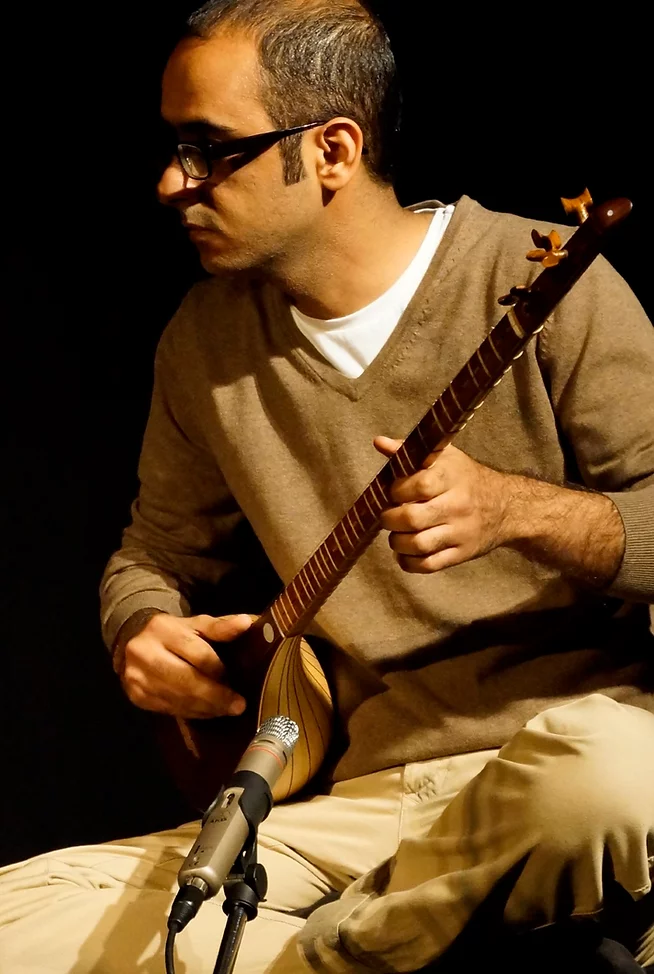
I was born in 1984 in Tehran, Iran. During my early years in
elementary school, I discovered my passion for Persian classical
music. This passion eventually led me to a traditional
instrument-making workshop, where my brother bought me a small
Setar made of mulberry wood. In 1997, I began the elementary
Setar course with Hamidreza Moradi. After that, I attended the
intermediate and advanced courses of Setar and theory of Persian
classical music with the great Setar master and virtuoso
Massoud Shaari
in Tehran. In 2010, I moved to Germany to continue my studies in
engineering. Of course, I brought with me everything I had
gained from the treasure of Persian classical music.
My musical style is based on the traditional repertoire of the
Radif, a vast treasure of melodic figures, rhythms, and scales
that have been passed down orally by the masters of Persian
classical music to their students for centuries. Furthermore, I
am very interested in exploring and reassembling ancient music
from past centuries. I believe that these ancient repertoires
are the roots and references of Persian classical music and form
the basis for composition and improvisation. I am interested in
musical dialogues with musicians from other cultures. I believe
this is a way of communication beyond languages. My goal is to
portray the magic of spiritual music through this communication,
creating enchanting and passionate melodies. When I play, I feel
like I'm embarking on a journey, and I find joy in bringing my
listeners along.
Setar is a Persian musical instrument dating back many thousands of years. Setar literally means "three strings", but the modern version of setar has four strings because of the doubled bass string. The lute-shaped instrument has a small bowl and long neck. The instrument is not completely standardized, so there are many variations in terms of material, shape, size and sound. Setar is mostly made of mulberry wood, but walnut and maple wood are also used. The strings are made of steel, brass and bronze, which are played with the nail of the point finger. Because of its small size, low and charming tone and lightness, Setar is generally an instrument for personal and meditative music.
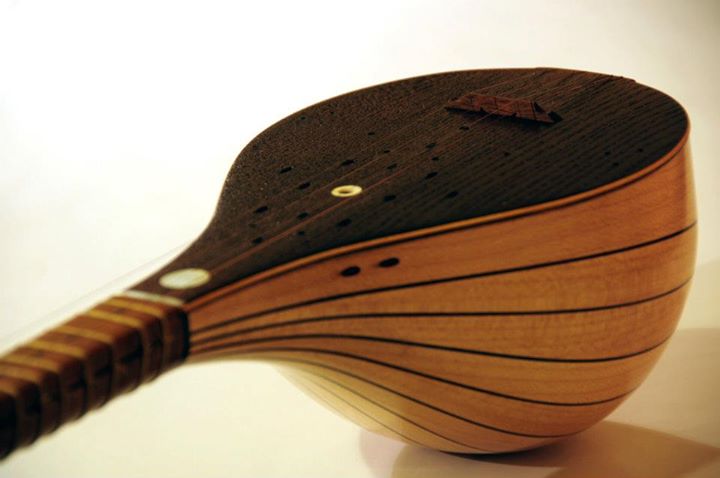
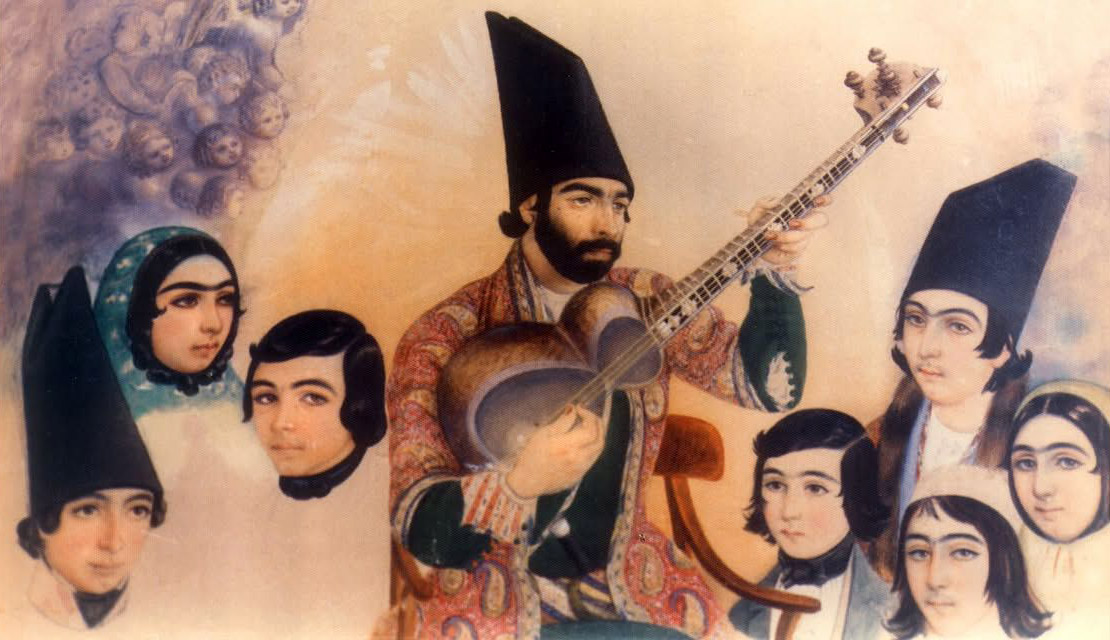
Radif in Persian classical music is the repertoire of scales, melodic figures and rhythmic patterns arranged in an ascending order of tone and tempo in modal musical systems called Dastgah. Radif consists of seven major Dastgahs, with help of which the musician or singer can represent different musical moods through improvisation. Dastgah is not formed until it is properly performed. During the past centuries, the Dastgahs has been extended and passed orally by the masters of Persian classical music to their disciples in vocal or instrumental forms, and is considered as the base and foundation of the Persian classical music.
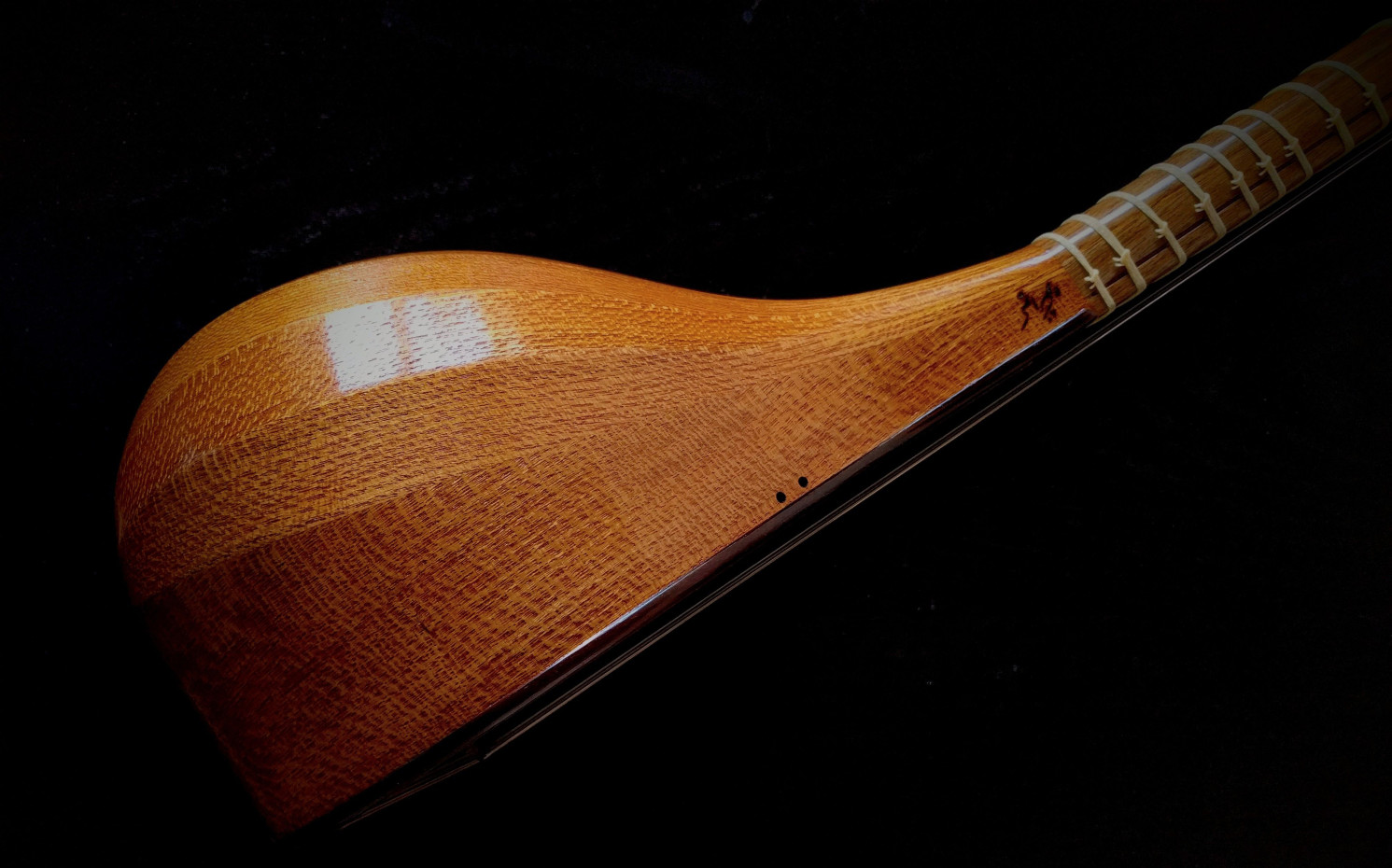
















© Ehsan Sharei, All rights reserved.
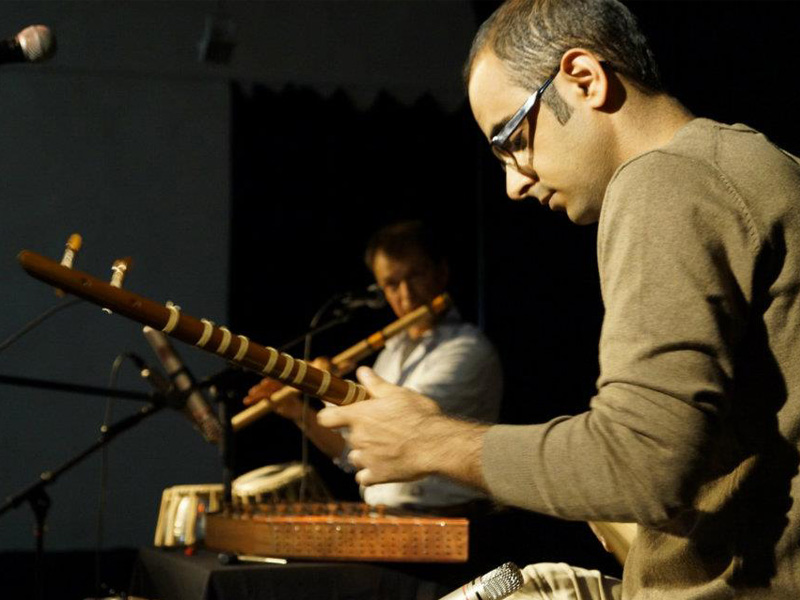
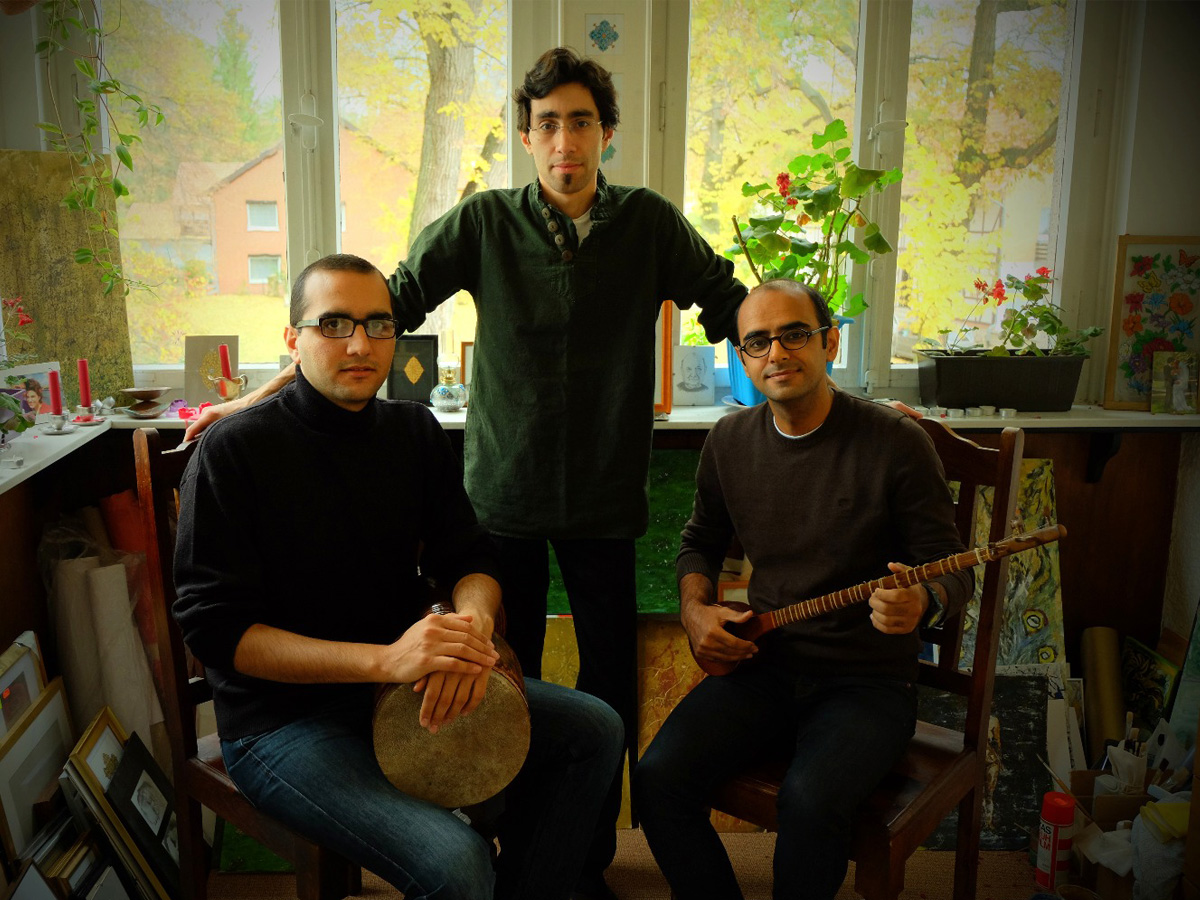
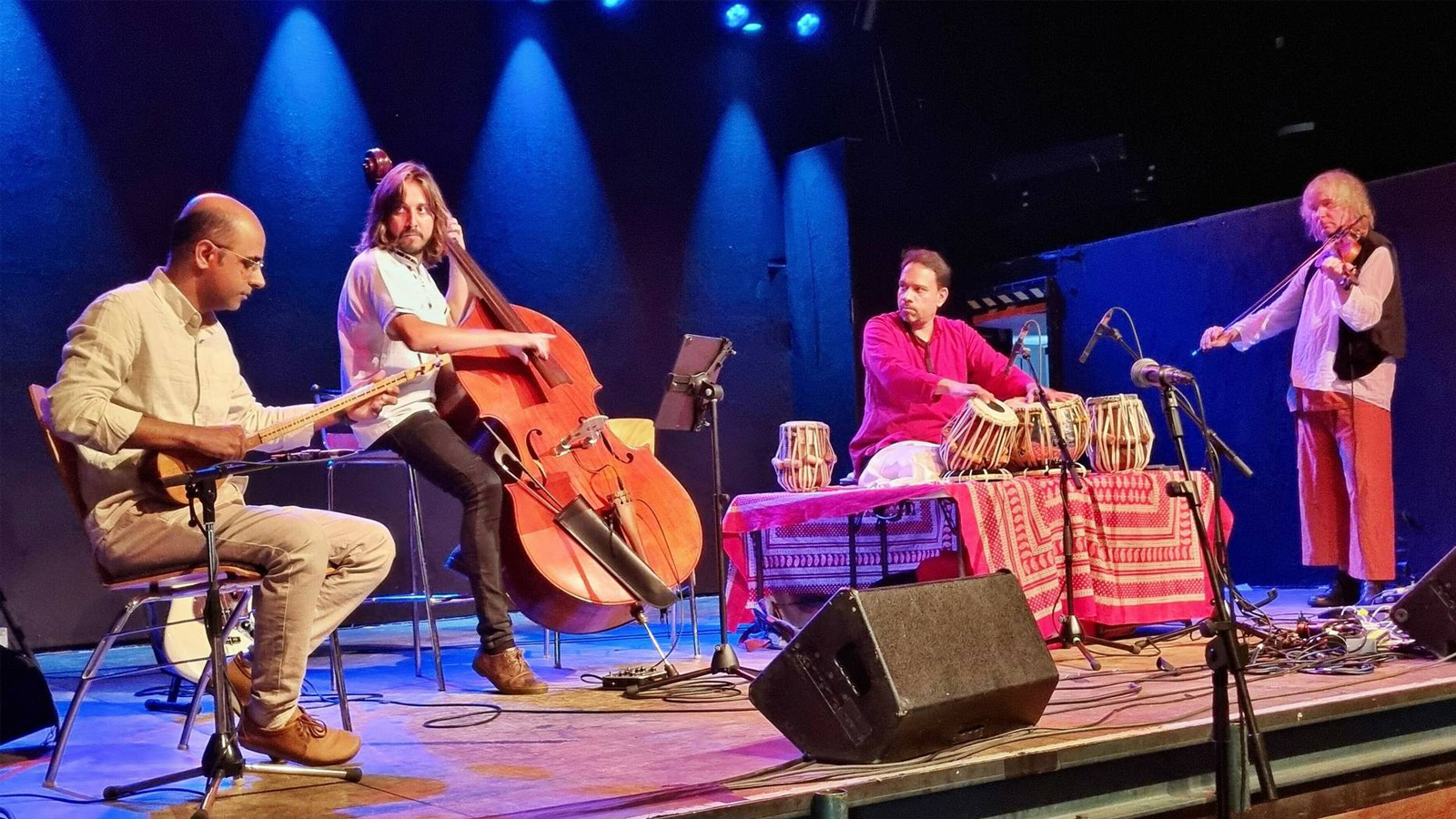
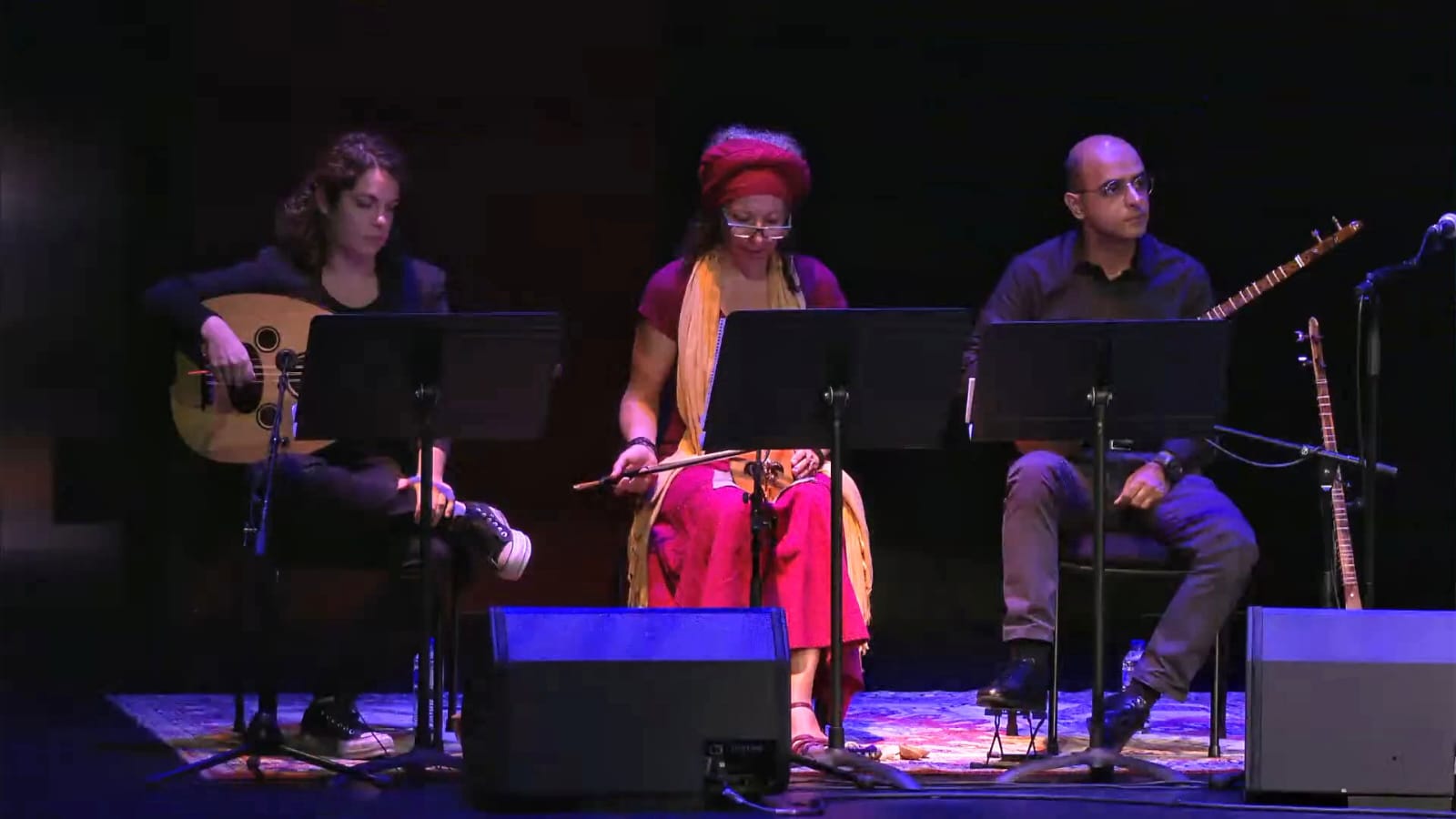
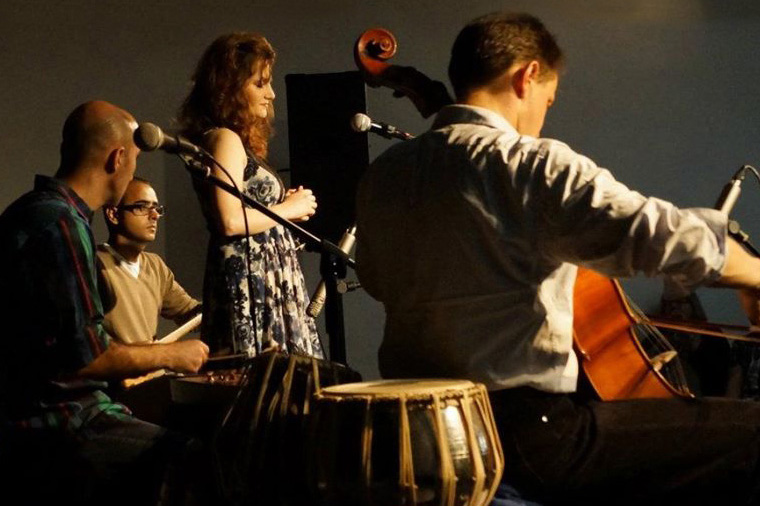
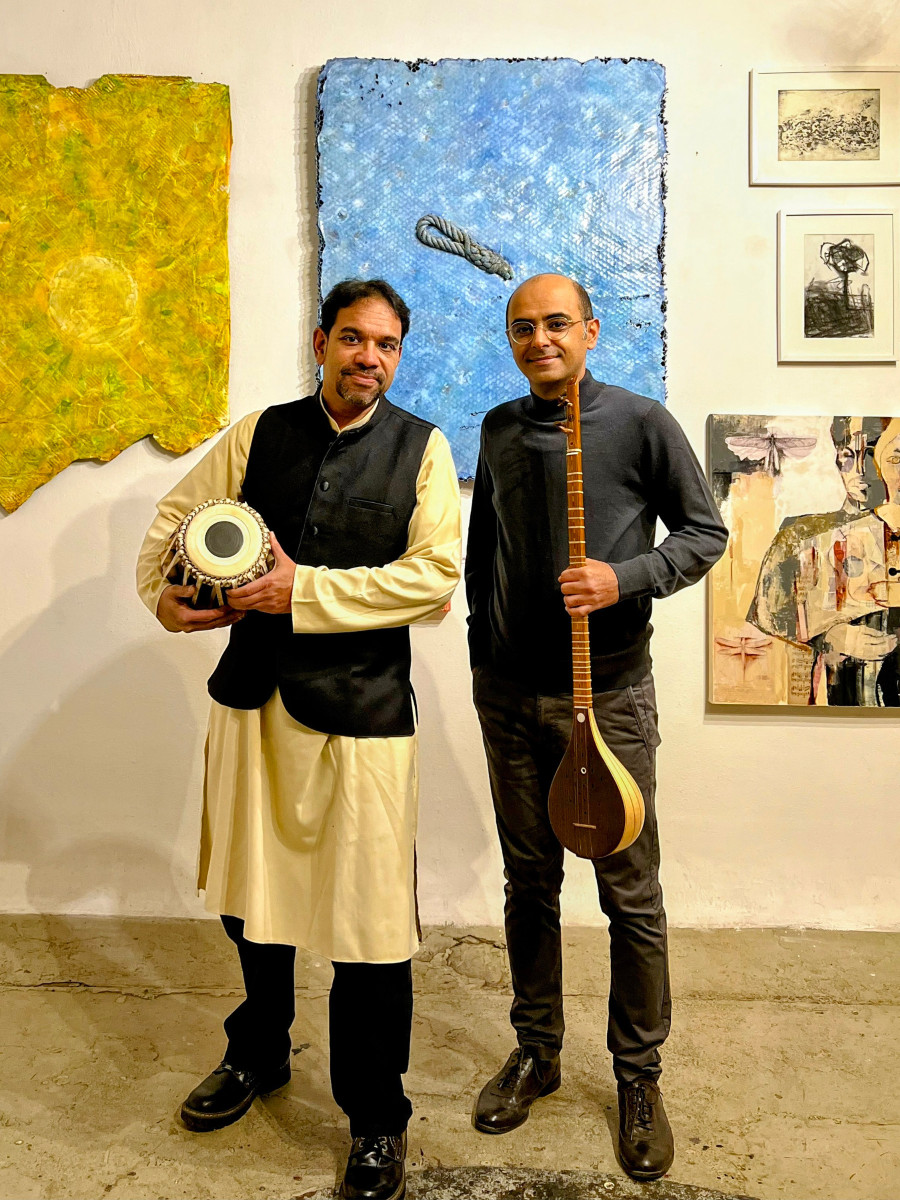
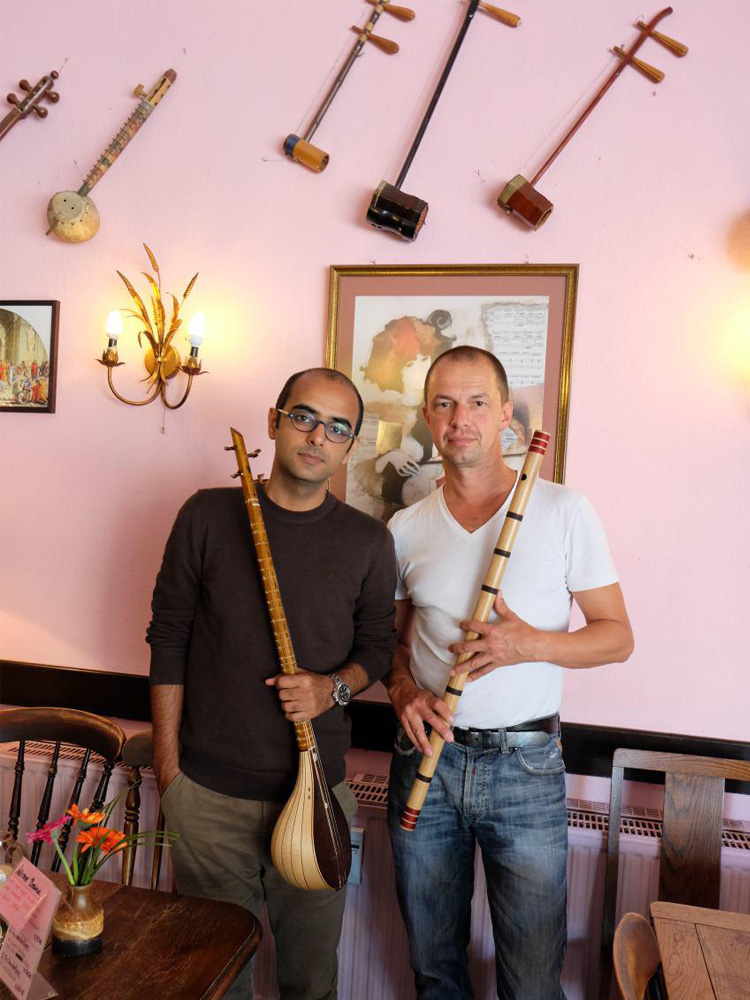
© Ehsan Sharei, Aachener Zeitung, Musée du quai Branly - Jacques Chirac, All rights reserved.
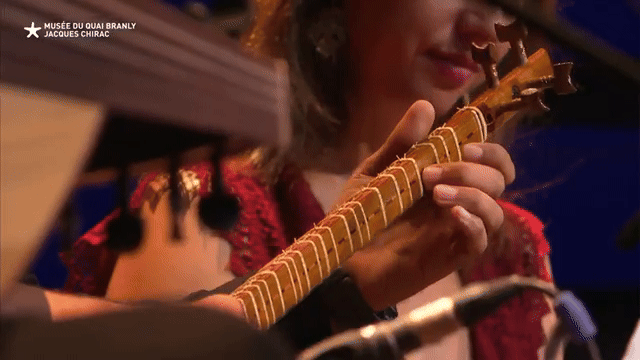
© Musée du quai Branly - Jacques Chirac
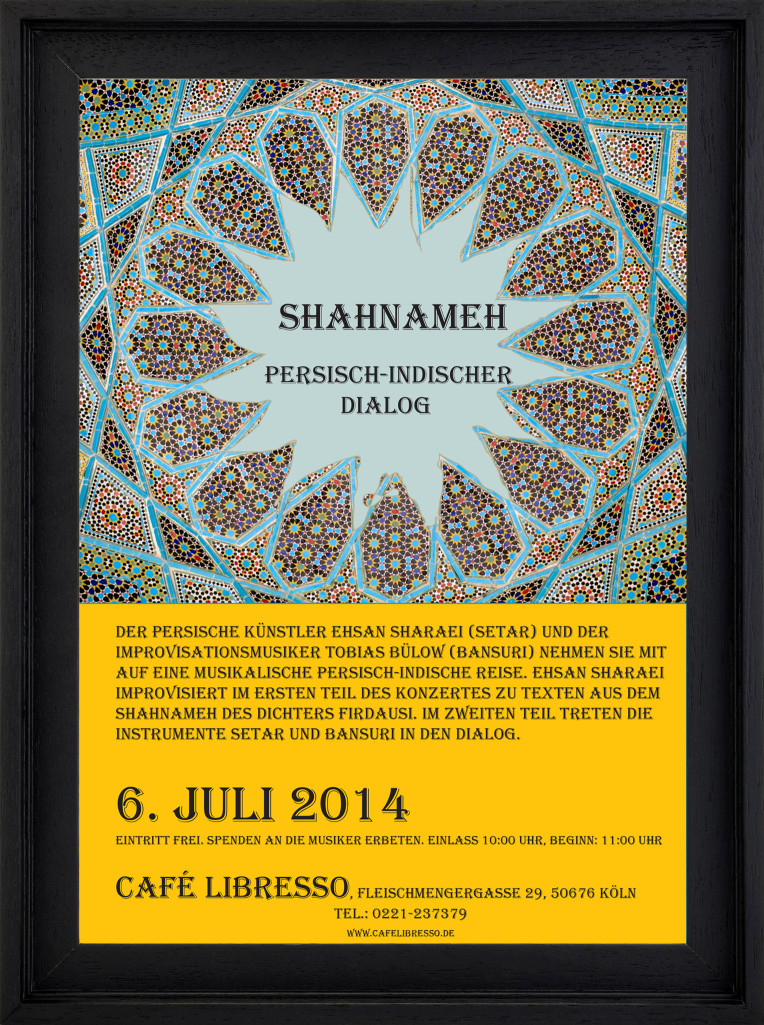
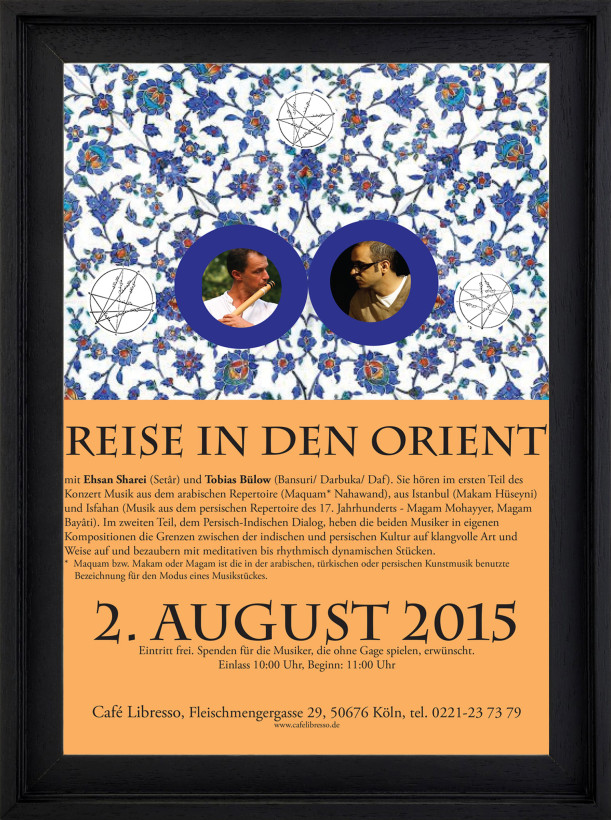
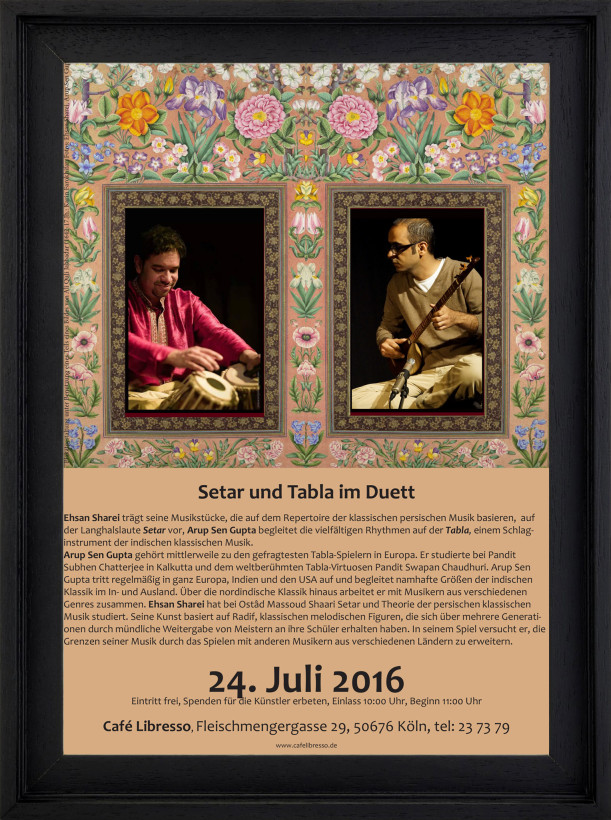
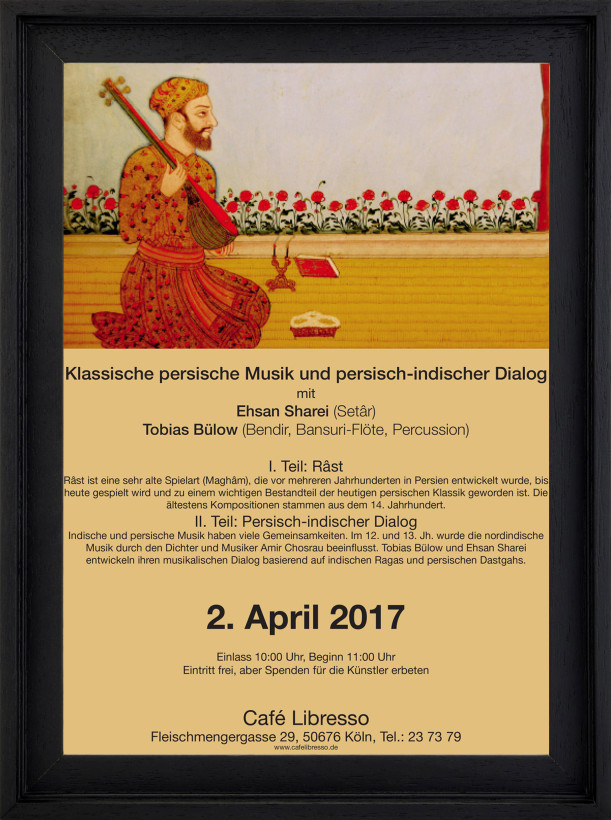
Either in individual lessons or in group workshops, you can
learn how to play Setar as an important instrument in Persian
classical music. You can also gain a deep understanding of the
theoretical and historical aspects of Persian classical music.
Feel free to contact me for elementary,
intermediate, and advanced courses in face-to-face or online
format.


The Making of Mystic Music and Poetry
Read MoreHonoring Baron Tsunayoshi Megata through the song "A lo Megata"
Read MoreG. F. Handel’s Minuet in G Minor and Its Timeless Elegance
Read MoreA Journey Through Fusion, Innovation, and Loss with John McLaughlin, Zakir Hussain and Co.
Read MoreThe Timeless Music Session at Hotel Mandé with Ali Farka Touré and Toumani Diabaté
Read MoreAngaben gemäß § 5 TMG:
Dr. Ehsan Sharei
50825 Köln, Deutschland
Kontakt:
E-Mail: ehsansharei@gmail.com
Website: www.ehsansharei.com
Verantwortlich für den Inhalt nach § 55 Abs. 2 RStV:
Dr. Ehsan Sharei
50825 Köln, Deutschland
Haftung für Inhalte:
Als Diensteanbieter sind wir gemäß § 7 Abs.1 TMG für eigene Inhalte auf diesen Seiten nach den allgemeinen Gesetzen verantwortlich. Nach §§ 8 bis 10 TMG sind wir als Diensteanbieter jedoch nicht verpflichtet, übermittelte oder gespeicherte fremde Informationen zu überwachen oder nach Umständen zu forschen, die auf eine rechtswidrige Tätigkeit hinweisen.
Haftung für Links:
Unser Angebot enthält Links zu externen Websites Dritter, auf deren Inhalte wir keinen Einfluss haben. Deshalb können wir für diese fremden Inhalte auch keine Gewähr übernehmen. Für die Inhalte der verlinkten Seiten ist stets der jeweilige Anbieter oder Betreiber der Seiten verantwortlich.
Urheberrecht:
Die durch die Seitenbetreiber erstellten Inhalte und Werke auf diesen Seiten unterliegen dem deutschen Urheberrecht. Die Vervielfältigung, Bearbeitung, Verbreitung und jede Art der Verwertung außerhalb der Grenzen des Urheberrechtes bedürfen der schriftlichen Zustimmung des jeweiligen Autors bzw. Erstellers.